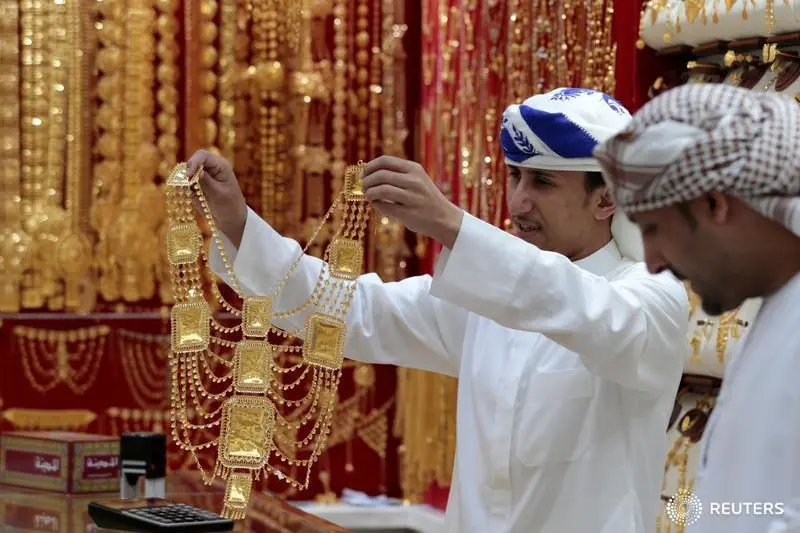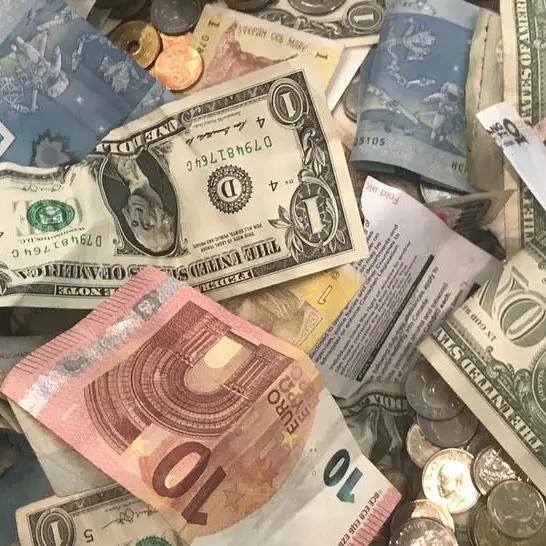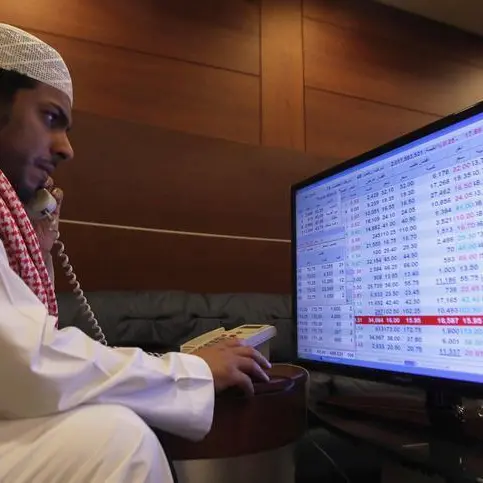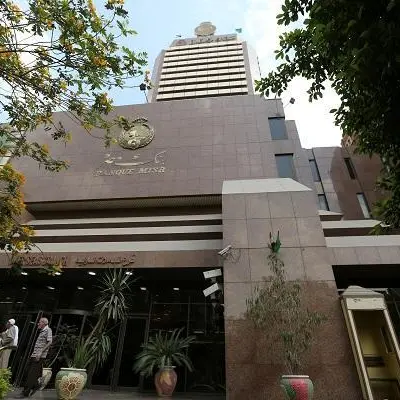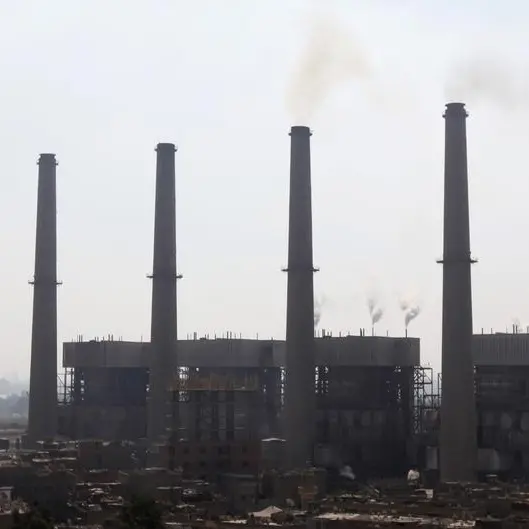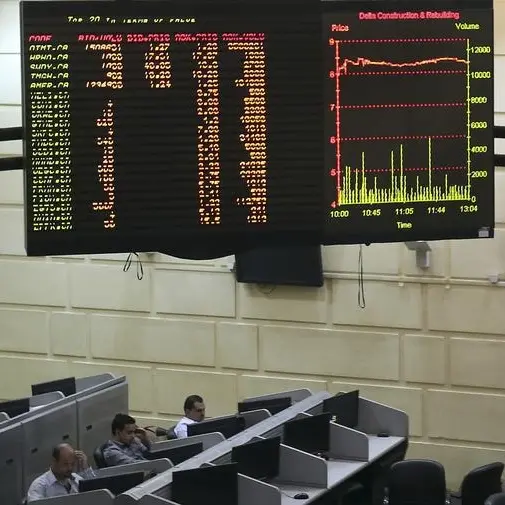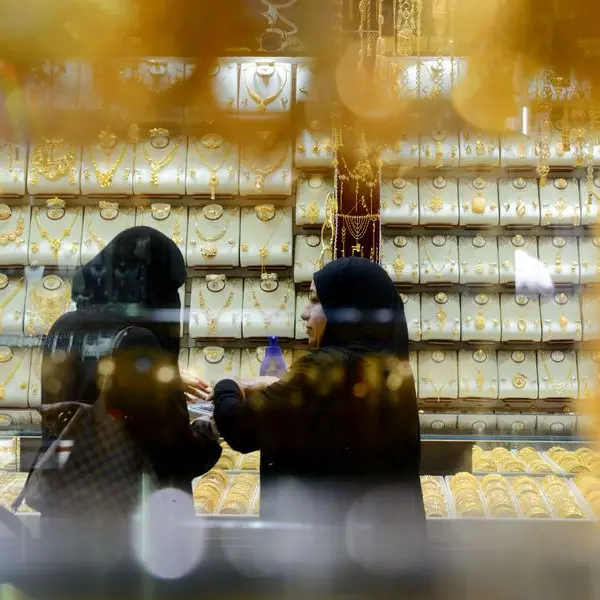PHOTO
Demand for gold jewellery fell by 24 percent in the United Arab Emirates year-on-year in the second quarter of the year, according to a report by the World Gold Council (WGC), mainly due to the introduction of a new 5 percent value-added tax (VAT) in January that was applied to a variety of goods and services, including gold jewellery.
“VAT in both UAE and Saudi Arabia has played an important part in the softness this year,” Alistair Hewitt, United Kingdom-based director of market intelligence in the WGC told Zawya in an email interview last Monday. The World Gold Council (WGC) said in its Q2 2018 report that gold demand fell by 10 percent year-on-year in Saudi Arabia, where VAT was also introduced in January.
UAE gold jewellery demand fell by 23 percent in the first quarter year-one year, while demand rose 16 percent in the fourth quarter of last year ahead of the introduction of VAT, according to previous reports published by the WGC.
Vijay Valecha, chief market analyst in Dubai’s Century Financial Brokers investment company, said that the introduction of VAT “was one of the major contributors to lower gold demand in the UAE”.
Officials from the diamond and gold industry had asked the UAE government last October to not impose VAT on gold and diamond jewellery, anticipating a negative impact on the market once VAT was applied. The UAE government removed VAT on the commercial trade of gold and diamonds in May, but VAT is still charged on retail jewellery.
VAT has been imposed at a tough time for the two Gulf Arab states, which are the two biggest economies in the Middle East. Both markets have suffered following a sharp decline in oil prices in 2014, which led to falling government revenues and budget deficits. Both states have also engaged in political rifts with Qatar and Iran and are partners in a war against Houthi rebels in Yemen, which they say have received backing from Iran.
The new tax has negatively affected sales in different industries, especially those related to high value products, like gold and cars.
A top official from Ford Motor company told Zawya in an interview in June that the introduction of VAT in the United Arab Emirates and Saudi Arabia this year had a “significant impact” on the car industry sales during the first half of the year.
Job security fears
Besides VAT, WGC’s Hewitt argued that gold demand in the UAE was also weakened by economic concerns related to job security and higher living costs.
“There are other factors,” Hewitt said. “In the UAE, our industry contacts said that many potential consumers are worried about job security and are suffering under rising costs.”
Over the past three months, the UAE’s government has announced a series of changes to its employment regime aimed at helping to cut business costs and encouraging expat employees to stay in the UAE.
Some of the measures announced include 10-year visas for doctors, engineers and business owners, a six-month ‘jobseekers’ visa allowing professionals more time to find new work and an overhaul of a guarantee scheme for private sector employees, with a 3,000 UAE dirham ($816.9 million) per worker levy being replaced by a 60 dirham per-head insurance scheme.
According to Hewitt, other reason that could have weakened the gold demand in the UAE include the Qatar spat.
“Weaker tourism revenue because of the Qatari crisis has also been a factor,” he said.
Saudi Arabia, the UAE, Bahrain and Egypt have cut diplomatic and transport ties with Qatar since June last year, accusing the Gulf emirate of supporting terrorism. Qatar has denied the accusation.
The UAE is eyeing a 4.9 percent increase in its tourism revenues’ this year, according to state news agency WAM. The sector’s total contribution to the nation’s GDP stood at 154.1 billion dirhams ($41.952 billion) 11.3 percent of country’s GDP in 2017, according to WAM.
Interest rates and equites
According to Century Financial Brokers’ Valecha, demand for gold as an investment option also dropped in the first half of the year in the UAE due to the introduction of VAT, along with a rise in the UAE Central Bank’s benchmark interest rates and a stronger global equities market, which has offered investors higher returns.
“The US Federal Reserve has been hiking its benchmark rates and since the UAE dirham is pegged to the dollar, the EIBOR rates (Emirates Interbank Offered Rate) have always mirrored the US interest rate path. Moreover, with two consecutive rate hikes from India’s central bank, retail Indian investors living in UAE and Saudi also preferred to park their funds in interest-bearing fixed deposits,” Valecha told Zawya in an email interview on Tuesday.
“Additionally, the demand for gold among Indians and Pakistanis has also been hampered by relentless currency depreciation in their home markets. It may seem surprising that gold jewelry demand failed to perk up despite (a) steep decline in the gold prices over the quarter. But currency weakness in Pakistan and India meant that retail investors did not benefit (from) gold price reductions; instead they were faced with steady or even higher prices,” Valecha added.
Indians and Pakistanis constitute a majority of the UAE population, according to official statistics. India is also the top source market for tourists into Dubai, with more than one million
Indian visitors scored the highest number of international travelers to the UAE in the first half of 2018, with more than 1 million Indians visitors coming to the country, a 3 percent year-on-year increase, according to official Dubai government figures.
According to data from Thomson Reuters Eikon, the spot gold price has dropped 7 percent so far this year, down from $1,302.45 on December 31 to $1,210.85 by 0744 British Summer Time (BST) on Sunday morning.
According to the World Gold Council (WGC) report released earlier this month, global demand for gold jewellery dropped by 2 percent year-on-year in the second quarter of 2018. It said that performance had been weaker in the Middle East region, which includes the six Gulf Cooperation Council (GCC) states, Egypt and Iran. Year-on-year demand for gold jewellery in the region fell by 12 percent to 42 tonnes.


(Source: World Gold Council)
(Reporting by Yasmine Saleh; Editing by Michael Fahy)
(yasmine.saleh@thomsonreuters.com)
Our Standards: The Thomson Reuters Trust Principles
Disclaimer: This article is provided for informational purposes only. The content does not provide tax, legal or investment advice or opinion regarding the suitability, value or profitability of any particular security, portfolio or investment strategy. Read our full disclaimer policy here.
© ZAWYA 2018
